Planting Site: Biak (Mnurwar & Korem)
Country: Indonesia
Forest Type: Mangrove
Site Status: Active
Planting Partner: Eden Reforestation Projects
Where Are We Planting?
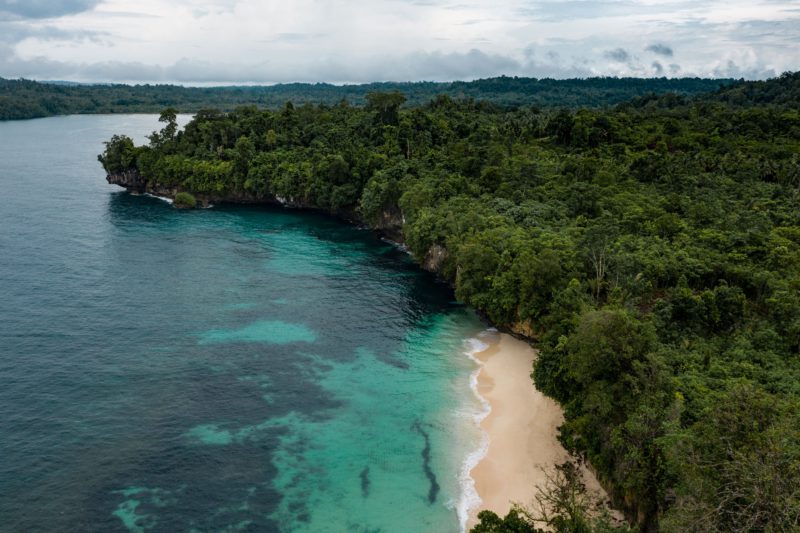
Our planting sites in Indonesia are found on Biak island, located off the northern coast of West Papua. Biak’s interior is covered by lush tropical rainforest, while mangrove forests line the coasts. These forests provide habitats for native mammal and bird species, and significant benefits for local communities.
We have two planting projects on Biak: mangrove restoration on the eastern edge of the island near Mnurwar, and a partnership with the village of Korem to plant pineapple trees, mangroves, and tropical forest. These efforts include the restoration of mangroves, tropical forests, as well as agroforestry.
What Trees Are We Planting?
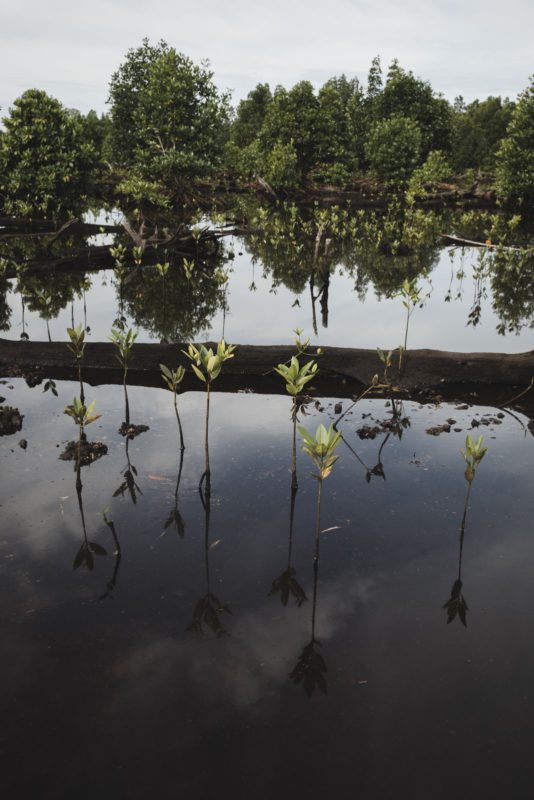
Mangroves are found primarily along the western coast and occupy a 1,000 km stretch of coastline. They occur in tidal flats in estuaries where freshwater rivers bring silt that gets deposited along the coast. Mangroves can grow in salt water in intertidal zones, where the ocean meets land between high and low tides.
Mangroves are often found where coral reefs are nearby, which protect the mangroves from ocean swells. In Biak, a variety of native mangrove species are planted, including Avicennia marina, Rhizophora mucronata, Ceriops tagal, and Bruguiera gymnorrhiza.
Mangroves have special roots that allow them to cope with changing water levels and get oxygen to their roots while being submerged. Some mangroves have stilt roots that stick up above the water, and others have pneumatophores — root structures that grow vertically from the ground so that part of the root remains exposed even at high tide.
Mangroves are adapted to deal with salt. Some excrete the salt through their leaves, allowing it to crystallize on the leaf surface, and others have filtration systems that allow the roots to take in the water but not the salt.
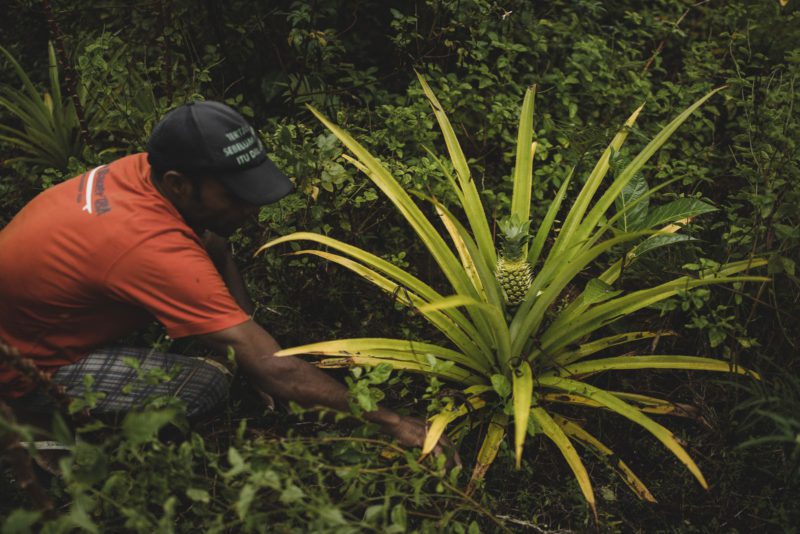
At our Korem village site we’ve collaborated with the community to incorporate agroforestry into the reforestation projects through planting pineapple trees at a local school.
Why Plant Mangrove Forests In Indonesia?
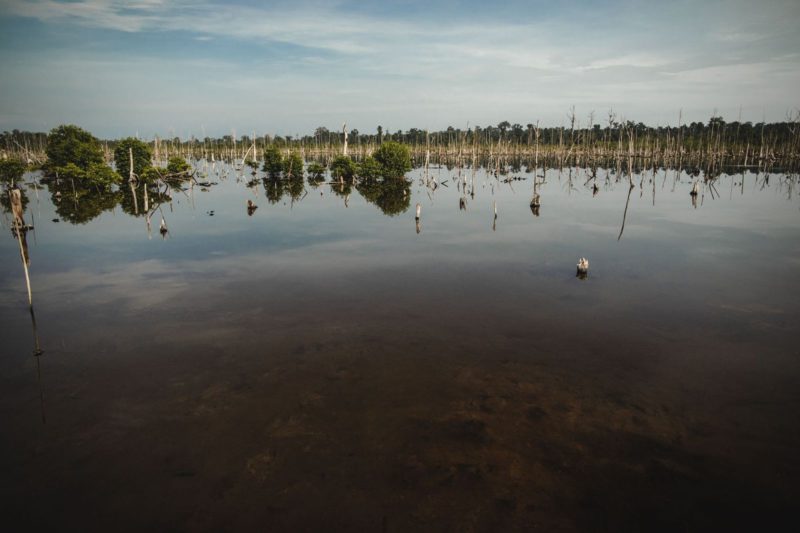
Indonesia is home to 23% of the world’s mangrove forests, but has lost 40% of them since the 1980’s.
Mangrove forests are extremely effective in sequestering carbon in the thick soils of their roots. Mangroves sequester up to four times more carbon than any other tree species — they’re actually referred to as “The Super Tree”.
Healthy mangrove forests are also crucial to coastal livelihoods. They provide a critical fish habitat, prevent saltwater intrusion and soil erosion, and protect against storm surges and flooding. Coastal mangroves act as a buffer between waves and land, minimizing the disastrous effects of large waves.
In February 1996, a severe earthquake struck off the coast of Biak, resulting in a devastating tsunami. It killed half the village of Korem, destroyed homes and infrastructure, and damaged coastal ecosystems. Over 1,000 hectares of the mangrove estuaries were wiped out, leaving local fishing communities struggling to support their families. The communities and forests of Biak have been slow to recover, and the planting project at Mnurwar has been instrumental in bringing meaningful employment and ecological restoration to the area.
Who’s Planting With Us?
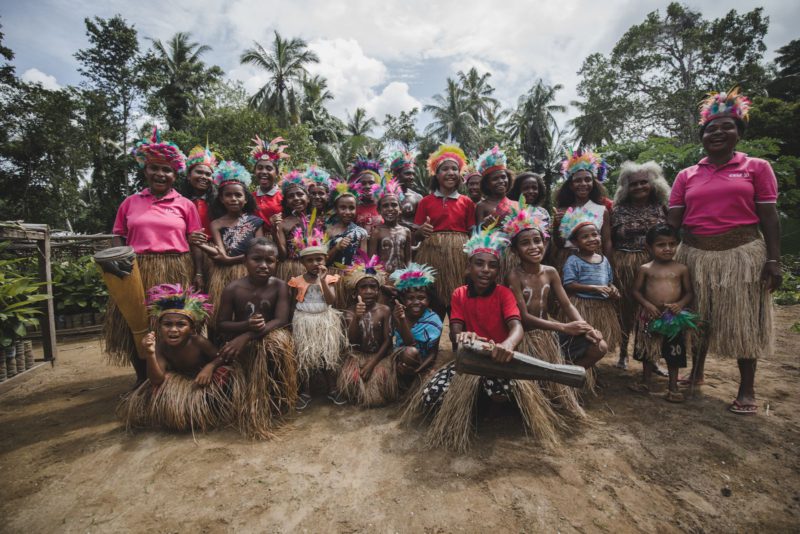
In many ways, Biak seems more a part of Papua New Guinea than Indonesia. It’s home to dozens of Indigenous ethinic groups who speak different dialects than the main islands. As a result, they face significant racism and therefore challenges around employment, lack of government support, and very little education funding.
The majority of these villages struggle to find stable income and mainly live subsistence lifestyles. The men support their family through fishing, while women find odd jobs and work labour to supplement their income and pay for the bare essentials. In many of these areas, the lack of stability leads to the villagers turning to destructive means like sand mining, dynamite fishing, and crime to support their families.
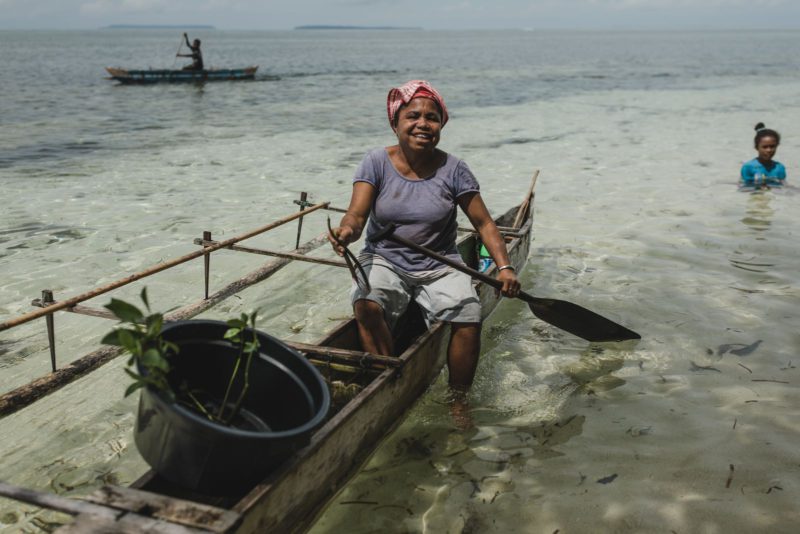
Eden Reforestation encourages local communities to become stewards of the land and drive the reforestation efforts through their “Employ to Plant” initiatives. They prioritize reforestation along with the success and growth of communities. These projects give communities additional opportunities to not only be involved, but to drive the reforestation of their area, building up the local economy and ecosystems, and improving quality of life for everyone.
What’s The Impact?
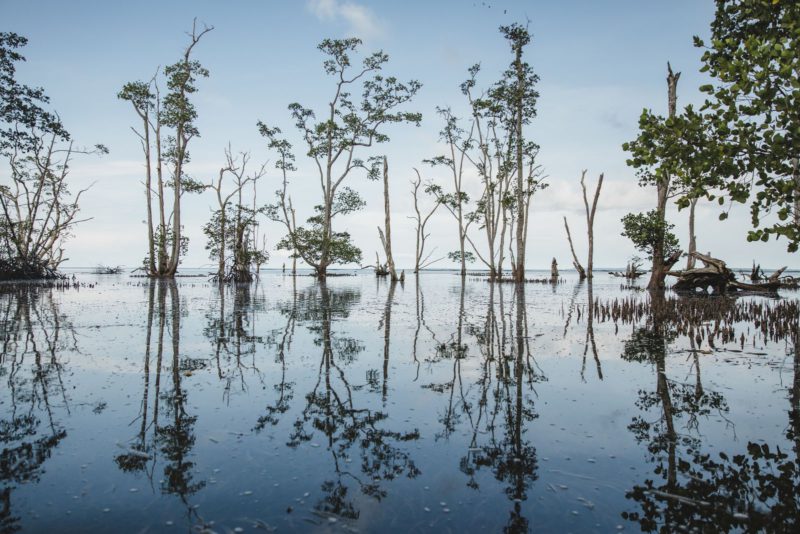
Environmental:
- Provide stability for the land and protect against coastal erosion.
- Create a buffer to protect from storm destruction.
- Protect biodiversity through restoring and expanding habitat.
- Restore underwater habitat and revitalize fish populations.
- Prevent further environmental devastation and encourage land stewardship through involving locals in reforestation.
- Sequester carbon to help combat climate change.
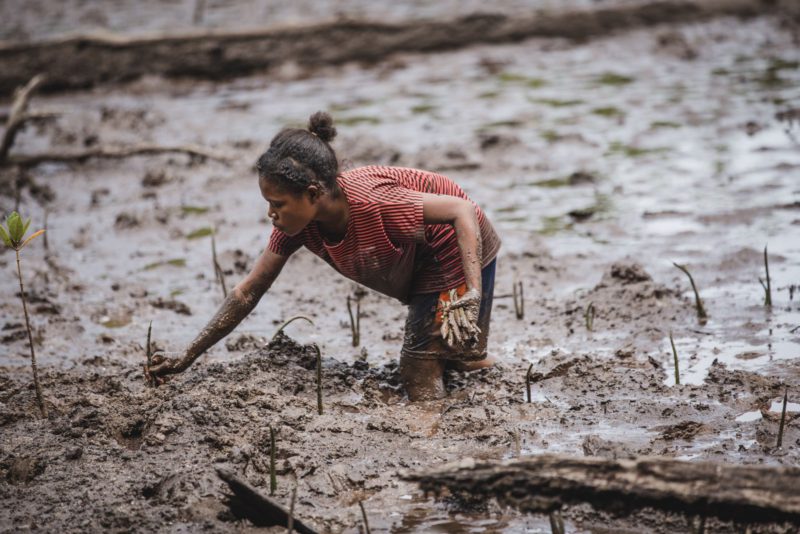
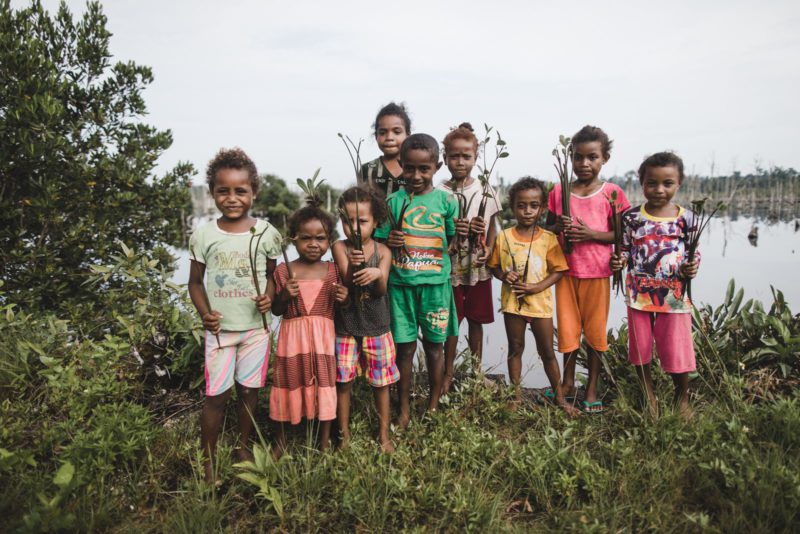
Social:
- Provide steady employment and income to those who had little or no income. Positions at this site include planters and site managers.
- Empower Indigenous communities and provide resources to help combat inequality.
- Empower the local communities to restore and protect their land.
- Steady income allows local Eden workers to:
- Improve health and wellness. Families can afford healthcare and to improve their diets with more nutritious and varied food.
- Upgrade their standard of living. Locals can now buy simple items that significantly improve their quality of life, such as beds, mattresses, solar panels, and radios.
- Invest in education. Families have the ability to pay for school fees and send their children to school.
- Invest in the Future. Locals are empowered to put aside savings, start microenterprises to diversify their income opportunities, plan for the future and work towards purchasing land and building houses that will be a legacy for their children.
![Korem kids with seedlings]](http://blog.tentree.com/wp-content/uploads/2021/07/ERQ5a_WA-800x534.jpeg)
Related UN Sustainable Development Goals (SDGs)
The UN’s Sustainable Development Goals (SDGs) are a collection of 17 interlinked global goals that are a “blueprint to achieve a better and more sustainable future for all.”
Here are the SDGs that we’re addressing in our Indonesia sites:
#1 No Poverty: End poverty in all its forms everywhere.
#2 Zero Hunger: End hunger, achieve food security and improved nutrition, and promote sustainable agriculture.
#3 Good Health and Well-being: Ensure healthy lives and promote well-being for all at all ages.
#4 Quality Education: Ensure inclusive and equitable quality education and promote lifelong learning opportunities for all.
#5 Gender Equality: Achieve gender equality and empower all women and girls.
#6 Clean Water and Sanitation: Ensure availability and sustainable management of water and sanitation for all.
#8 Decent Work and Economic Growth: Promote sustained, inclusive and sustainable economic growth, full and productive employment and decent work for all.
#10 Reduced Inequalities: Reduce inequality within and among countries.
#13 Climate Action: Take urgent action to combat climate change and its impacts by regulating emissions and promoting developments in renewable energy.
#15 Life On Land: Protect, restore and promote sustainable use of terrestrial ecosystems, sustainably manage forests, combat desertification, and halt and reverse land degradation and halt biodiversity loss.
Want to see where your trees are planted? Register your trees now.

